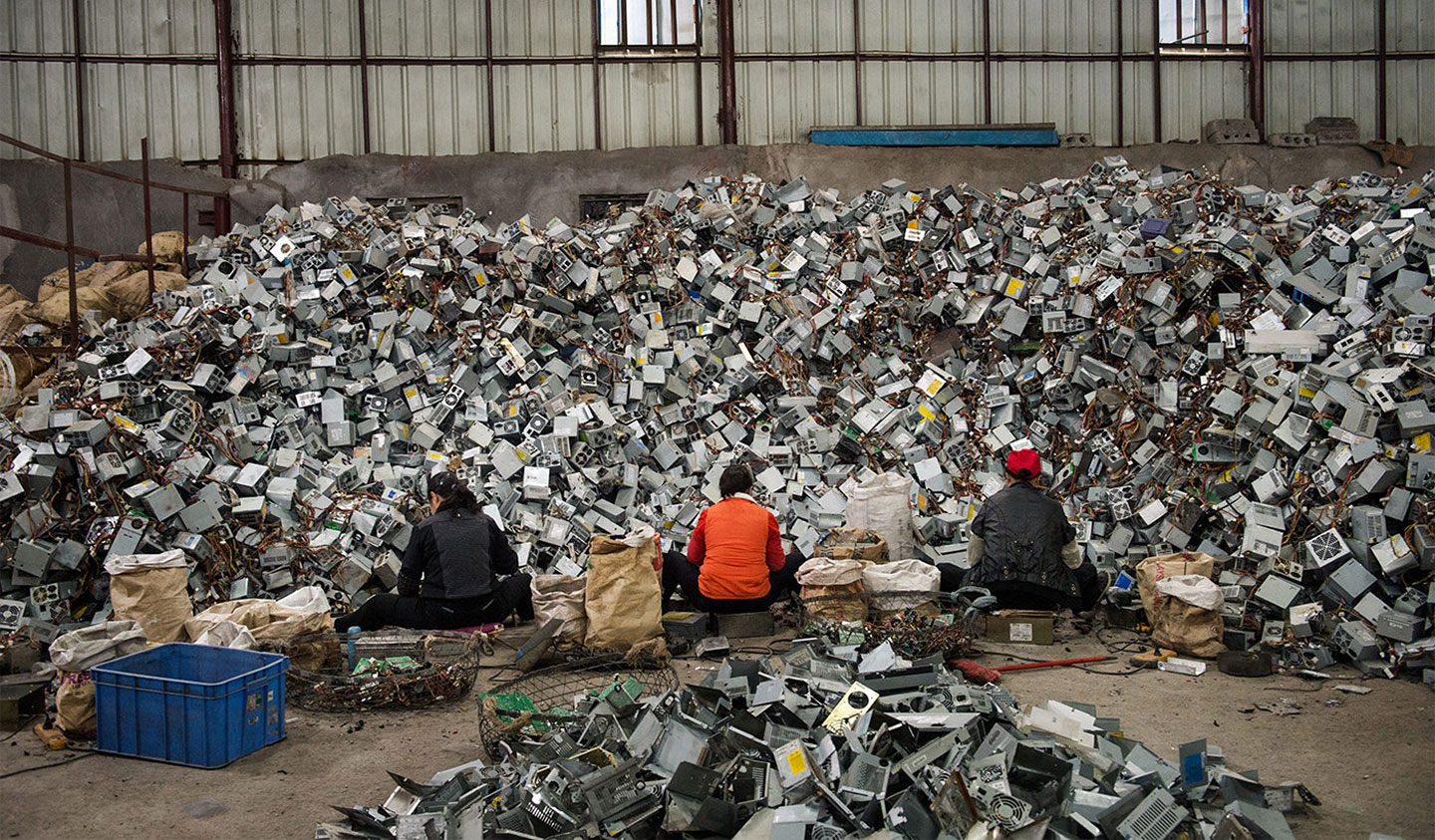“Resilience: U3—Triennial of Contemporary Art in Slovenia” took place in 2013 at the MSUM in Ljubljana →.
A significant text on resilience and ecology is the Canadian ecologist C. S. Holling’s “Resilience and stability of ecological systems,” Annual Review of Ecology and Systematics 4 (1973): 1–23. A more contemporary work on this topic is Brian Walker and David Salt, Resilience Thinking: Sustaining Ecosystems and People in a Changing World (Washington: Island Press, 2006).
A commons society, unlike the market-oriented one, entail a new understanding of natural and social resources as collective and common.
According to Suely Rolnik, who develops the concept of flexible subjectivity based on Brian Holmes, this is the product of the emergence of the creative class in the 1950s, which led to existential experimentation and a radical break with dominant forces: “Flexible subjectivity was adopted as a politics of desire by a wide range of people, who began to desert the current ways of life and trace alternative cartographies—a process supported and made possible by its broad collective extension.” Suely Rolnik, “Politics of Flexible Subjectivity: The Event-Work of Lygia Clark” →.
For a manifesto entitled “Dystopies / Utopies / Hétérotopies,” written following the fourth Atelier, see → (in French).
Deriving from the do-it-yourself (DIY) ethos, the concept of “do-it-together” emerged on the internet just under a decade ago, most notably in the sphere of art and activism, as a form of collaboration based on principles of open-source information, nonhierarchical relations, and networked co-creation.
“Warning of shortage of essential minerals for laptops, cell phones, wiring,” Science Daily, March 20, 2017 →.
See →.
Saul Williams’s slam poem “Coltan as Cotton” serves as a main inspiration for the upcoming Contour 9 Biennale that I have the privilege of curating. See →.
Achille Mbembe, “The Zero World: Materials and the Machine,” in Elements for a World: Fire, eds. Ashkan Sepahvand with Nataša Petrešin-Bachelez and Nora Razian. Published as part of the exhibition “Let’s Talk about the Weather: Art and Ecology in a Time of Crisis,” at the Sursock Museum, Beirut, 2016 →. A selection of Baloji’s photographs from this series formed the opening chapter of this exhibition.
“Degrowth is not a choice available to those impoverished by capital: Interview with Firoze Manji,” La Décroissance, September 26, 2015 →.
Razmig Keucheyan, “Division, not consensus, may be the key to fighting climate change,” Guardian, May 5, 2014 →.
Pedro Neves Marques and Mariana Silva, “Limits to Growth,” 2013.
Ghassan Hage, Is Racism an Environmental Threat? (Cambridge: Polity Press, 2017).
Laura Helton, “The Question of Recovery: An Introduction,” Social Text 125 (2015). On accountability, see the many research threads in “Legacies of British Slave-ownership,” an ongoing project organized by the historian Catherine Hall and other researchers and students at University College London →. On the notion of meaningful remediation, see Clémentine Deliss, “Collecting Life’s Unknowns,” L’Internationale Online, June 11, 2015 →. The artist Kader Attia uses the term “repair” in the titles of some of his installations, and the term has also been debated by Wayne Modest, Bonaventure Soh Bejeng Ndikung, and Margareta von Oswald in “Objects/Subjects in Exile,” L’Internationale Online, March 9, 2017 →.
See Charles J. Stivale, Gilles Deleuze’s ABCs: The Folds of Friendship (Baltimore: Johns Hopkins University Press, 2008).
Simon L. Lewis and Mark A. Maslin, “Defining the Anthropocene,” Nature 519 (March 2015): 171–80 →.
On new forms of institutionalism, internationalism, and the responsibility of public institutions towards their constituencies, see the conversation with the directors of the museums of the confederation L’Internationale: Nathalie Zonnenberg, “The Potential of Plurality: A Discussion with the Directors of L’Internationale,” Afterall 38 (Spring 2015). For L’Internationale, see →.
Whitney B. Birkett, “To Infinity and Beyond: A Critique of the Aesthetic White Cube” (master’s thesis, Seton Hall University, 2012) →.
Ibid.
Brian O’Doherty, Inside the White Cube: The Ideology of the Gallery Space →.
Simon Sheikh, “Positively White Cube Revisited,” e-flux journal 3, 2009 →.
P. A. Gray et al., “Strategies for Coping with the Wicked Problem of Climate Change,” in The Future of Heritage as Climates Change: Loss, Adaptation and Creativity, eds. David Harvey and Jim Perry (New York: Routledge, 2015), 186.
Fred Moten, “Remain,” in Thomas Hirschhorn: Gramsci Monument, eds. Stephen Hoban, Yasmil Raymond, and Kelly Kivland (New York: DIA Art Foundation; and London: Koenig Books, 2015), 326–27.
Isabelle Stengers, “‘Another Science is Possible!’: A Plea for Slow Science” (lecture, Faculty of Philosophy and Literature, Université libre de Bruxelles, 2011 →.
Ibid.
Ibid.
Ibid.
See →.
Nataša Petrešin-Bachelez and Sarah Werkmeister, “Ecosophy and Slow Anthropology: A Conversation with Barbara Glowczewski,” in Ecologising Museums, eds. L’Internationale Online with Sarah Werkmeister, 2016 →.
Much of this text was developed over the course of two lectures—the symposium “How Institutions Think” at the LUMA Foundation, Arles, in 2016, and at the symposium “Instituting Ecologies,” De Appel, Amsterdam, 2016. A version of this text appears in the forthcoming publication “How Institutions Think: Between Contemporary Art and Curatorial Discourse” (MIT Press, 2017), edited by Paul O'Neill, Lucy Steeds, and Mick Wilson.
